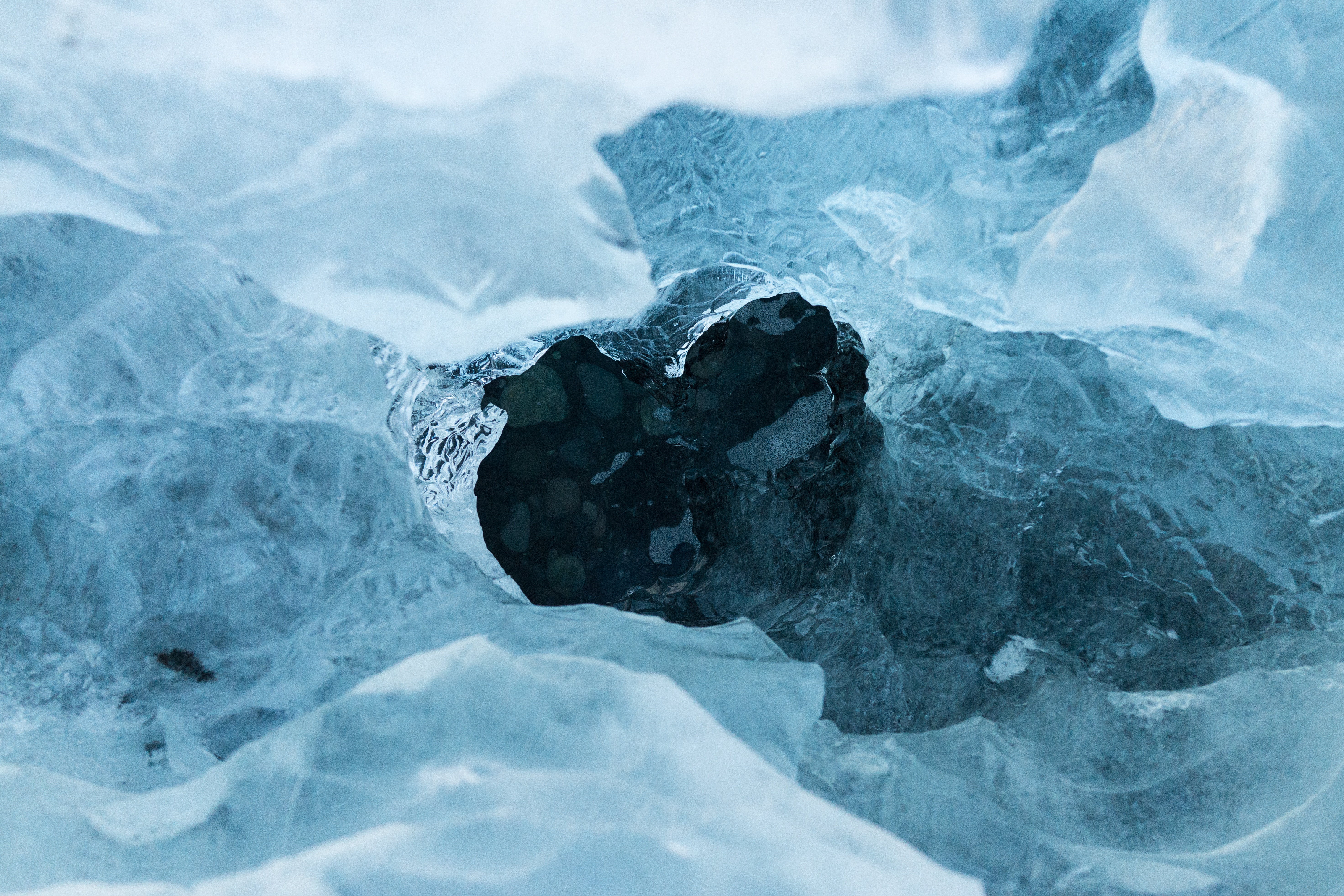 As if ice baths weren’t cold or tortuous enough, everyone from pro athletes to everyday gym rats are now hanging out in -200 degree cryotherapy chambers in the name of even better post-workout recovery. LeBron James has been seen on TV cooling down and the UFC Performance Institute has its own cryotherapy chamber. Cryotherapy studios and spas are quickly popping up in nearly every major US city, charging close to $100 per session.
As if ice baths weren’t cold or tortuous enough, everyone from pro athletes to everyday gym rats are now hanging out in -200 degree cryotherapy chambers in the name of even better post-workout recovery. LeBron James has been seen on TV cooling down and the UFC Performance Institute has its own cryotherapy chamber. Cryotherapy studios and spas are quickly popping up in nearly every major US city, charging close to $100 per session.
What Is Cryotherapy?
Here’s how it works: You strip down to your underwear or swimsuit, pile on socks and gloves, remove any jewelry or piercings (any metal will get crazy cold), and then stand in a vertical booth—with your head sticking out of the top for some warmth. Inside the chamber, the air is about -200 degrees, thanks to an intense electrical or nitrogen-cooling system. (Some chambers range between -116 and -310 degrees.) After two to four minutes braving the frigid temperatures, you get out and, we’re assuming, chug hot cocoa.
The growing trend, technically called “whole-body cryotherapy,” is similar to any form of cold treatment, such as using an ice pack on a swollen ankle or soaking in an ice-filled tub, says Michael Silverman, a physical therapist and director of operations for the Rothman Institute in Philadelphia. By lowering the temperature of inflamed tissues, they all have the end goal of improving recovery from tough workouts or even injuries like strains and sprains. Whole-body cryotherapy is just a lot colder, he says. (Ice baths usually are around 50 to 60 degrees Fahrenheit.)
RELATED: Is Taking an Ice Bath Actually Worth the Pain?
“Ice baths don’t come even remotely close to lowering body temperature like cryo chambers do,” says Patrick Vignona, a physical therapist at the Hospital for Special Surgery in New York City, who often refers his patients to whole-body cryotherapy facilities. “They aren’t even in the same stratosphere.”
What Does Cryotherapy Do to Your Body?
The colder the temps, the harder your body works not to die. “Cryotherapy chambers trick the body into thinking you’re in a life or death environment,” Vignona says. That makes the body produce what are known as “cold shock proteins” designed to help the body survive in extremely cold conditions.
Cryotherapy treatment proponents believe these proteins are linked to a spike in amino acids and tissue-building hormones, including human growth hormone. These compounds have the collective goal of keeping your muscles and tissues from wasting away, Vignona says. However, when you’re in a cryotherapy chamber following a tough workout, chances are your body isn’t completely degrading; you just have some minor muscle damage. As a result, you end up with a surplus of tissue-building compounds, allowing your body to recover faster and better than it would otherwise, he says.
But while that may sound good in theory, the science is hardly conclusive—when it comes to both cryotherapy treatments and ice baths. For instance, in one 2018 European Journal of Applied Physiology study, when men underwent whole-body cryotherapy (WBC), ice baths, or placebos after running a marathon, WBC was actually less effective at improving muscle function and curbing pain. And neither WBC nor ice baths improved blood markers of inflammation, save for one compound called C-reactive protein, compared to the placebo. The researchers noted that their findings suggested that the placebo effect may be the real reason why cryotherapy users swear by the frigid treatment.
Meanwhile, a 2017 Frontiers in Physiology review concluded that whole-body cryotherapy tends to have an anti-inflammatory effect—but in some cases, has actually been found to increase inflammation, similar to a tough workout. Researchers also noted that WBC has been linked to lower levels of post-workout muscle fatigue and pain in some, but not all, studies. “It’s not yet supported enough by the research,” Vignona says. “But it’s just a matter of time.”
What Are the Downsides of Cryotherapy?
As you can probably imagine, -200 degrees is painful, and some people can tolerate it better than others. However, even if you have a high pain threshold, it doesn’t mean you won’t get frostbite—it’s one reason why cryotherapy users are told to wear gloves and socks.
It’s also why, in 2011, American sprinter Justin Gatlin showed up to the World Outdoor Track and Field Championships with frostbite on his feet. During his earlier cryotherapy chamber session, he had worn socks, but they were the sweaty ones he had just worked out in. Chalk that up on the list of things not to do.
Hypothermia, burns, and eye injury from the cold temperatures are also possible, according to the US Food and Drug Administration’s current stance on cryotherapy. In 2016, the administration cautioned consumers against whole-body cryotherapy, explaining that there was currently not enough research to encourage its use, especially given the risk of complications.
The FDA statement noted that use of liquid nitrogen to cool chambers could also lead to a drop in the room’s oxygen levels and, therefore, asphyxiation. In 2015, a spa worker died in a Las Vegas cryotherapy center after suffering asphyxiation during an unsupervised cryotherapy session.
These side effects are more the exception than the norm, but it’s important to realize that they do exist, and take them into account when considering your options. Silverman also recommends talking to your doctor about whole-body cryotherapy before adding it to your post-workout routine.
RELATED: Your Step-by-Step Exercise Recovery Plan
Originally written for Vice.com.